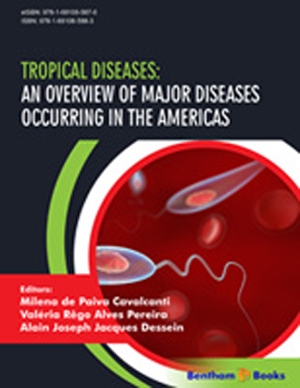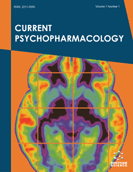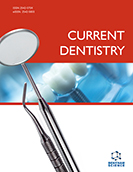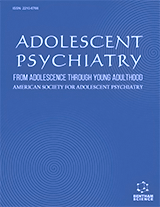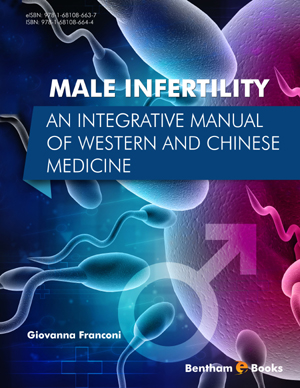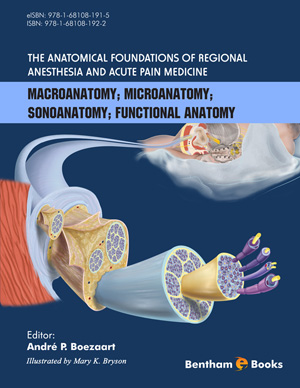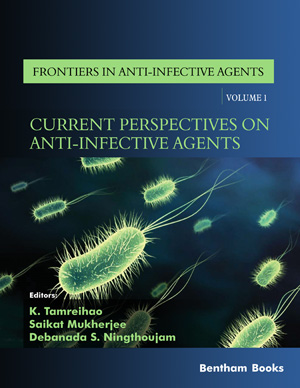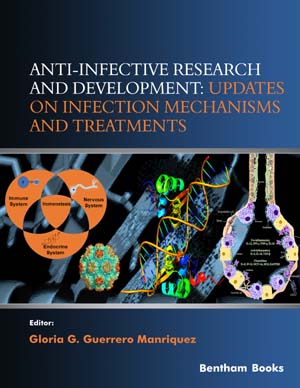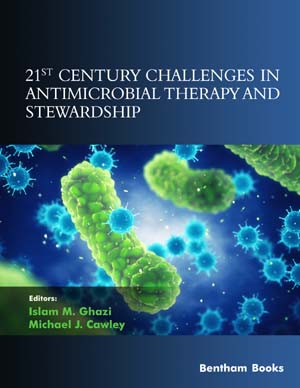Abstract
Several strategies to combat the impact of malaria infection are used with certain success. Those efforts resulted in a 25% reduction in the incidence and a 42% reduction of global mortality. Nevertheless, malaria still causes 584,000 deaths worldwide. The epidemiological situation of the area and the risks of malaria reintroduction in non-endemic areas are decisive factors for the control and diagnosis. The resilience of mosquito infection should be considered in the programs’ strategies for malaria control. An integrative approach focused on diagnosis and prophylaxis is needed to achieve a better control. Regarding diagnosis, the blood smear exam is the golden standard diagnosis for malaria; although blood smear has its advantages, it needs the expertise of a microscopist and can produce false negative results in low parasitemia situations. Molecular diagnosis methods have permitted an increase in sensitivity and specificity of Plasmodium detection. The major approach used was the parasite DNA amplification by PCR, allowing the species-specific parasites’ detection. Recently, detection of Plasmodium falciparum employing the LAMP method or biosensors has brought a perspective of lower cost and sensitive malaria diagnosis tests. Besides, molecular biology techniques are versatile tools to detect malarial resistance and studies aiming to characterize Plasmodium genetic markers of resistance and treatment failure are necessary at individual and population levels. Among the approaches to control malaria, vaccine development still poses an attractive idea. The improvements achieved on the diagnosis and vaccine fields represent a fundamental move for effective malaria control. Herein we discuss recent advances and obstacles on diagnosis and vaccine approaches developed for the control of malaria infection.
Keywords: Control, Diagnostic, Malaria, PCR, Vaccine.


